Home>Interior Design>A Georgian Restoration With A Difference
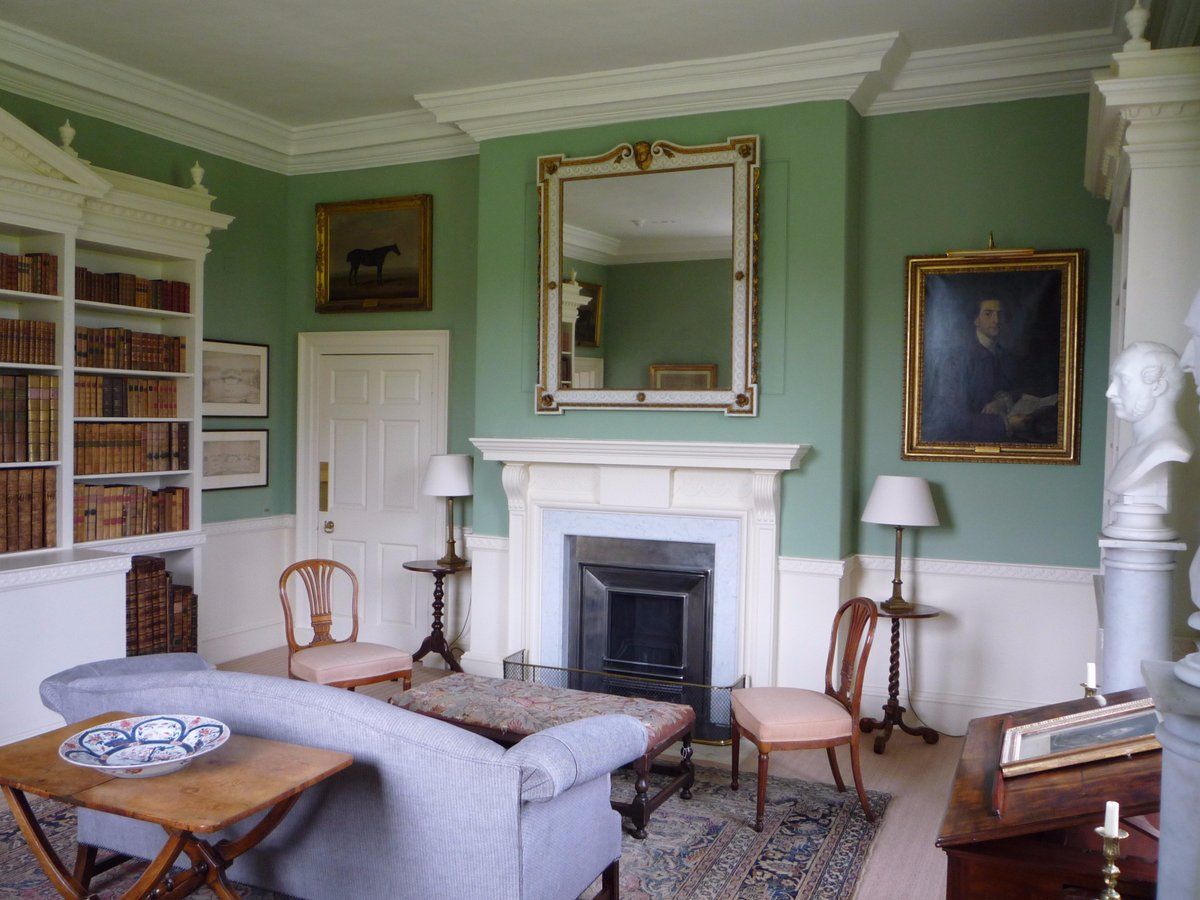

Interior Design
A Georgian Restoration With A Difference
Modified: October 20, 2024
Discover a unique interior design approach in our Georgian restoration project. Experience a perfect blend of traditional charm and modern aesthetics.
(Many of the links in this article redirect to a specific reviewed product. Your purchase of these products through affiliate links helps to generate commission for Storables.com, at no extra cost. Learn more)
Introduction
Welcome to the world of Georgian restoration, where historical charm meets modern design sensibilities. Georgian architecture, characterized by its symmetrical facades, ornate decorations, and timeless elegance, has long captivated the hearts of interior design enthusiasts. Restoration is a vital aspect of preserving these architectural treasures, ensuring that they continue to stand proud for generations to come.
In traditional restoration approaches, the emphasis is often placed on maintaining the original structure and aesthetics of a Georgian home. While this approach has its merits, there is a growing movement within the interior design community to reimagine Georgian restoration with a fresh perspective.
Instead of simply “bringing back” the past, this new approach to Georgian restoration seeks to seamlessly blend the old with the new, creating spaces that honor the heritage of the building while catering to the needs and tastes of modern homeowners.
In this article, we will dive deep into this innovative approach to Georgian restoration and explore a fascinating case study that showcases the successful implementation of this unique design philosophy.
Key Takeaways:
- Embracing a fresh perspective, Georgian restoration blends historical charm with modern comforts, creating captivating spaces that honor the past while meeting the needs of contemporary homeowners.
- The innovative approach to Georgian restoration preserves architectural heritage while integrating modern amenities, adaptability, and personalization, ensuring the relevance and appeal of these historic buildings for future generations.
Read more: How To Restore A Shed
Background of Georgian architecture
Georgian architecture refers to the architectural style that was prevalent during the reigns of the four British monarchs named George (George I, II, III, and IV) from 1714 to 1830. This period was marked by political stability, economic growth, and a flourishing arts and culture scene, which greatly influenced the architectural trends of the time.
The Georgian architectural style is characterized by its symmetrical facades, classical proportions, and refined details. Common features include grand entrances with ornate doorways, large sash windows, intricate moldings, and elegant cornices. The interiors often featured high ceilings, grand staircases, and intricate plasterwork.
Georgian architecture gained popularity due to its association with notions of elegance, order, and sophistication. It reflected the ideals of the Georgian era, where symmetry and harmony were highly valued.
In terms of interior design, Georgian homes typically had a layout that revolved around a central hallway, with rooms branching off on either side. The formal rooms such as the drawing room and dining room were often located on the ground floor, while the upper floors housed the bedrooms and more private spaces.
Georgian architecture has stood the test of time, and many of these historic buildings are still standing today. From grand country houses to townhouses and terraces, Georgian architecture continues to inspire homeowners and designers alike.
Restoring Georgian homes requires a deep understanding of the architectural style, as well as a keen eye for detail and a commitment to preserving the integrity of the original design.
Traditionally, restoration efforts focused on painstakingly restoring every aspect of the Georgian building to its original state. However, there is a growing movement within the design community to explore new approaches to Georgian restoration, blending the old with the new to create spaces that combine historical charm with contemporary comforts.
Traditional restoration approaches
Traditional restoration approaches to Georgian architecture have been focused on preserving the original features and historical accuracy of the building. This involves meticulous research, sourcing of period-appropriate materials, and skilled craftsmanship to recreate the original design and details.
One of the key principles of traditional restoration is the retention and repair of the original architectural elements. This includes delicate plasterwork, ornate cornices, and intricate moldings. Skilled artisans are employed to meticulously restore and recreate these features using traditional techniques and materials.
Another aspect of traditional restoration is the preservation of original building materials. This includes preserving original timber beams, stone walls, and brickwork. Any necessary repairs are carried out using historically appropriate methods and materials to maintain the authenticity of the structure.
When it comes to interior design, traditional restoration approaches often involve period-accurate furnishings and decor. This includes sourcing antique furniture, tapestries, and accessories to recreate the ambiance of the Georgian era. With a focus on historical accuracy, the aim is to transport inhabitants back in time and provide an immersive experience of living in a Georgian home.
While traditional restoration approaches have their merits, they may not always cater to the needs and preferences of modern homeowners. The strict adherence to historical accuracy can sometimes limit the possibilities for creativity and personalization within the space.
With the fast-paced changes in technology and lifestyle, there is an increasing demand for modern amenities and conveniences within these historic properties. Homeowners often desire open floor plans, energy-efficient solutions, and contemporary finishes that seamlessly blend with the historic fabric of the building.
As a result, there is an emerging shift towards a more flexible and adaptive approach to Georgian restoration, one that incorporates both the charm of the past and the functionality and comfort of the present.
A new perspective on Georgian restoration
Embracing a fresh perspective on Georgian restoration involves a departure from strictly adhering to historical accuracy and instead focuses on a harmonious integration of contemporary design elements into the existing architectural fabric.
This new approach seeks to strike a balance between preserving the integrity of the original building and introducing modern elements that enhance functionality, comfort, and sustainability. By combining the best of both worlds, this approach aims to create spaces that not only reflect the charm and character of the Georgian era but also cater to the needs and desires of modern homeowners.
One aspect of this new perspective is the blending of traditional and contemporary materials and finishes. While historical elements are retained and restored, modern materials such as glass, metal, and concrete are introduced to add visual interest and contrast. For example, a traditional Georgian fireplace might be paired with a sleek, minimalist mantelpiece, creating a striking juxtaposition of old and new.
Another key element of this approach is the integration of modern technology and sustainable practices. Georgian homes can be retrofitted with energy-efficient insulation, solar panels, smart home automation, and other environmentally friendly solutions without compromising the architectural integrity of the building. These modern updates not only enhance the comfort and efficiency of the space but also ensure its long-term viability.
Furthermore, this new perspective on Georgian restoration embraces open floor plans and flexible living spaces. Instead of adhering rigidly to the original room layout, walls can be removed or reconfigured to create more spacious and adaptable interiors that suit the modern lifestyle. This allows for seamless flow between rooms and encourages interaction and connectivity within the home.
In terms of interior design, this approach encourages a blending of styles and influences. While Georgian elements such as period furnishings and antiques are still celebrated, they are complemented by contemporary furniture, artwork, and accessories. Mixing old and new creates an eclectic and visually engaging atmosphere that showcases the evolving tastes and preferences of the homeowners.
This new perspective also allows for personalization and individual expression within the space. Homeowners are encouraged to put their own stamp on the design, incorporating elements that reflect their personality and lifestyle. This can range from bold color choices to unique architectural details, ensuring that each Georgian restoration project is truly one-of-a-kind.
By embracing this fresh perspective on Georgian restoration, we can honor the heritage of these architectural treasures while adapting them to meet the needs and tastes of the modern world. The result is the creation of unique and captivating spaces that seamlessly blend the past with the present.
When restoring a Georgian property, research the original architectural features and materials used in that era to ensure an authentic restoration. This may include using traditional lime plaster, sash windows, and period-appropriate paint colors.
Case study: Unique restoration project
To illustrate the innovative approach to Georgian restoration, let’s delve into a captivating case study that showcases the successful implementation of this unique design philosophy.
In the heart of a historic town, there stood a dilapidated Georgian townhouse that had fallen into disrepair over the years. The new owners, a young couple with a passion for both history and modern design, saw the potential in this neglected property and embarked on an ambitious restoration project.
Instead of adhering strictly to traditional restoration principles, they chose to adopt the new perspective of blending the old with the new. Their vision was to create a home that paid homage to the building’s Georgian heritage while incorporating contemporary design elements and modern conveniences.
The restoration project began with a thorough assessment of the building’s structural integrity. The original features, such as the ornate cornices and sash windows, were carefully restored by skilled craftsmen using traditional techniques and materials. This ensured that the architectural character of the townhouse was preserved.
However, the owners also made strategic modifications to the layout to accommodate their modern lifestyle. They opened up the ground floor to create a spacious, open-plan living area, perfect for entertaining guests and everyday family life. By doing so, they seamlessly blended the old charm of the townhouse with the functionality and flow of a contemporary home.
In terms of interior design, the couple opted for a mix of antique and modern furniture pieces. They sourced period-accurate furnishings for the main living areas, carefully selected to complement the architectural style of the house. But they also introduced contemporary furniture and artwork, adding a touch of their own personal style and creating a distinct visual contrast throughout the space.
To enhance the energy-efficiency of the property, the owners also incorporated environmentally friendly solutions. They installed solar panels on the roof and energy-efficient insulation throughout the building. These updates not only reduced the environmental footprint but also improved the comfort and sustainability of the home.
The restoration project was a resounding success. The Georgian townhouse was given a new lease of life, combining the elegance of the past with the functionality and design of the present. It became a unique and inviting space that seamlessly blended historical charm with modern comforts.
This case study exemplifies how the new perspective on Georgian restoration can breathe new life into old buildings, creating homes that are both visually captivating and functional for contemporary living.
By embracing a flexible and adaptive approach, homeowners can honor the architectural heritage while infusing their own personality and preferences into the design. Each restoration project becomes a testament to the harmonious coexistence of history and modernity.
Evaluating the impact of the new approach
The new approach to Georgian restoration, which combines historical preservation with modern design elements, has had a profound impact on the way these architectural treasures are transformed into livable spaces. Let’s delve into the key aspects of this approach and evaluate their impact.
1. Preservation of heritage: The new approach ensures that the historical integrity of Georgian buildings is preserved. By carefully restoring and retaining original features, such as ornate moldings and sash windows, the character and charm of the architecture are safeguarded. This allows future generations to appreciate and experience the beauty and craftsmanship of the Georgian era.
2. Integration of modern amenities: One of the main advantages of the new approach is the seamless integration of modern amenities and conveniences. By incorporating energy-efficient solutions, smart home technology, and sustainable practices, Georgian homes are made more comfortable, efficient, and environmentally friendly. This enhances the livability and functionality of these historic properties.
3. Adaptability and flexibility: The new approach embraces the idea of adaptability and flexible living spaces. By reconfiguring layouts, removing walls, and opening up spaces, Georgian homes can be transformed to meet the needs and lifestyle preferences of modern homeowners. This ensures that the spaces are practical, spacious, and able to accommodate contemporary living.
4. Blending of old and new: The combination of traditional and contemporary elements in Georgian restoration results in visually striking and unique spaces. By incorporating modern materials, finishes, and furnishings alongside traditional features, a sense of contrast and juxtaposition is created, adding depth and interest to the overall design. This blend of old and new creates an eclectic and engaging atmosphere that reflects the evolving tastes and preferences of homeowners.
5. Personalization and individual expression: The new approach encourages homeowners to put their own stamp on the design, allowing for personalization and individual expression within the space. Whether it’s through the choice of colors, furniture styles, or artwork, homeowners can create a space that reflects their own personality and tastes. This fosters a sense of connection and emotional attachment to the home.
In evaluating the impact of the new approach to Georgian restoration, it becomes clear that it rejuvenates these historic buildings, making them relevant and appealing to modern homeowners. It ensures the preservation of architectural heritage while enhancing livability, sustainability, and personalization. This approach not only safeguards the past but also embraces the present and future, allowing Georgian homes to evolve and adapt to changing lifestyles and design trends.
Through the successful implementation of this innovative approach, Georgian restoration projects have the power to captivate and inspire, attracting those who appreciate the beauty of history combined with the comforts and luxuries of modern living.
Conclusion and future possibilities
The new perspective on Georgian restoration has revolutionized the way we approach the preservation and transformation of these iconic architectural treasures. By blending the old with the new, we have discovered a harmonious balance between historical integrity and modern design sensibilities.
Through this innovative approach, we have seen how Georgian homes can be revitalized and transformed into spaces that seamlessly integrate historical charm with contemporary comforts. The preservation of architectural features, the integration of modern amenities, the adaptability of spaces, the blending of old and new elements, and the opportunity for personalization have all contributed to creating unique and captivating living environments.
In the future, the possibilities for Georgian restoration are vast. As technology advances and design trends evolve, we can expect further enhancements and refinements in this approach. For example, the integration of smart home automation systems can become more sophisticated, offering homeowners greater control and convenience.
Sustainability will also continue to be a focus, with the development of even more advanced energy-efficient solutions and environmentally friendly materials. This will allow Georgian homes to not only embrace modern technology but also meet the demands of a more sustainable future.
Additionally, the blending of styles and influences can further expand, allowing for even more creative combinations of traditional and contemporary elements. This opens up new possibilities for unique design expressions and personalized spaces that showcase the individuality of homeowners.
As the appreciation for Georgian architecture and design continues to grow, so does the importance of thoughtful and innovative restoration approaches. It is vital to strike a balance between preserving the legacy of these historic buildings and ensuring their relevance and livability in the present and future.
In conclusion, the new perspective on Georgian restoration has breathed new life into these architectural gems. By embracing the best of both worlds, we are able to create spaces that honor the past while meeting the needs and desires of modern homeowners. The blend of tradition and innovation has resulted in captivating and livable environments, and as we look towards the future, the possibilities for Georgian restoration are endless.
Frequently Asked Questions about A Georgian Restoration With A Difference
Was this page helpful?
At Storables.com, we guarantee accurate and reliable information. Our content, validated by Expert Board Contributors, is crafted following stringent Editorial Policies. We're committed to providing you with well-researched, expert-backed insights for all your informational needs.
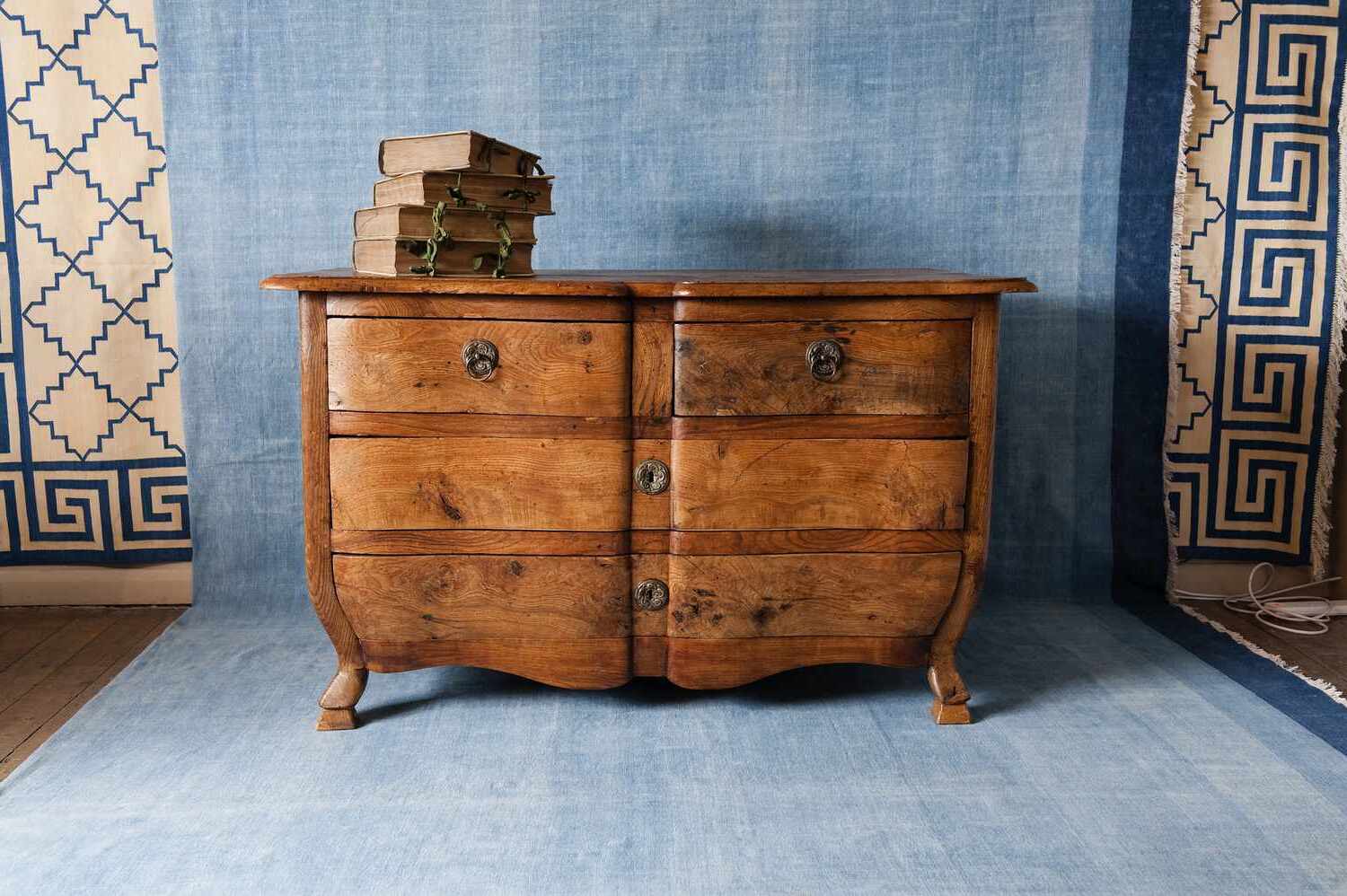
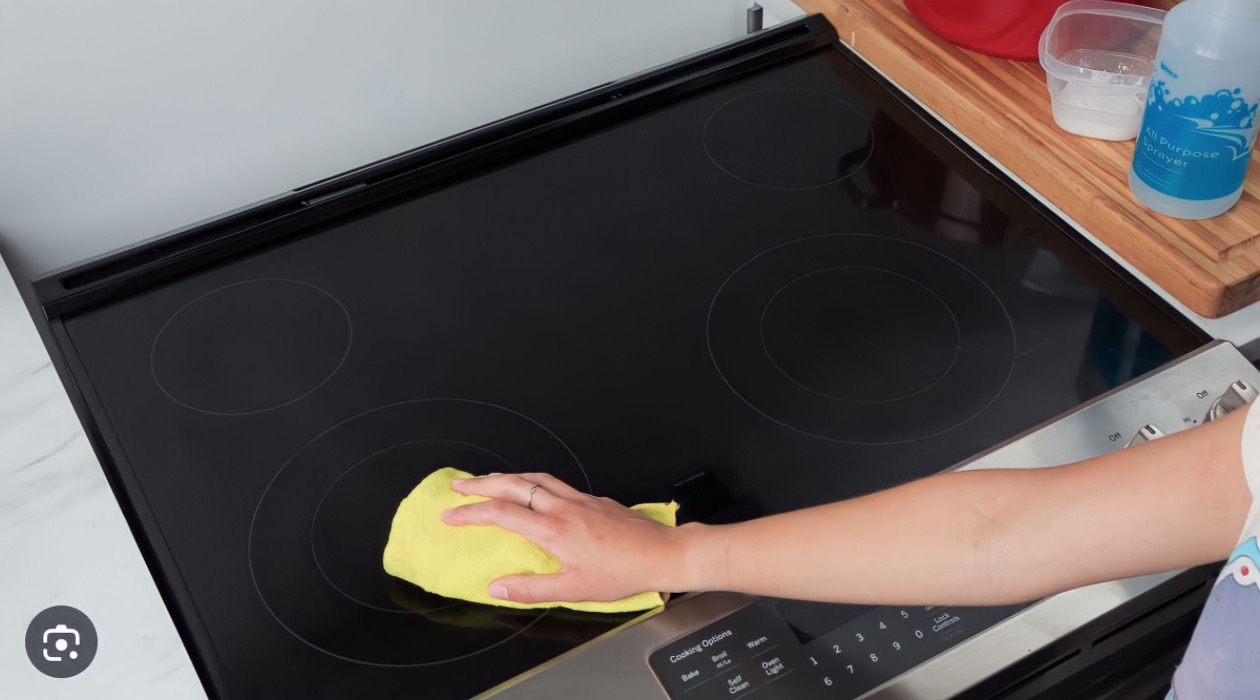
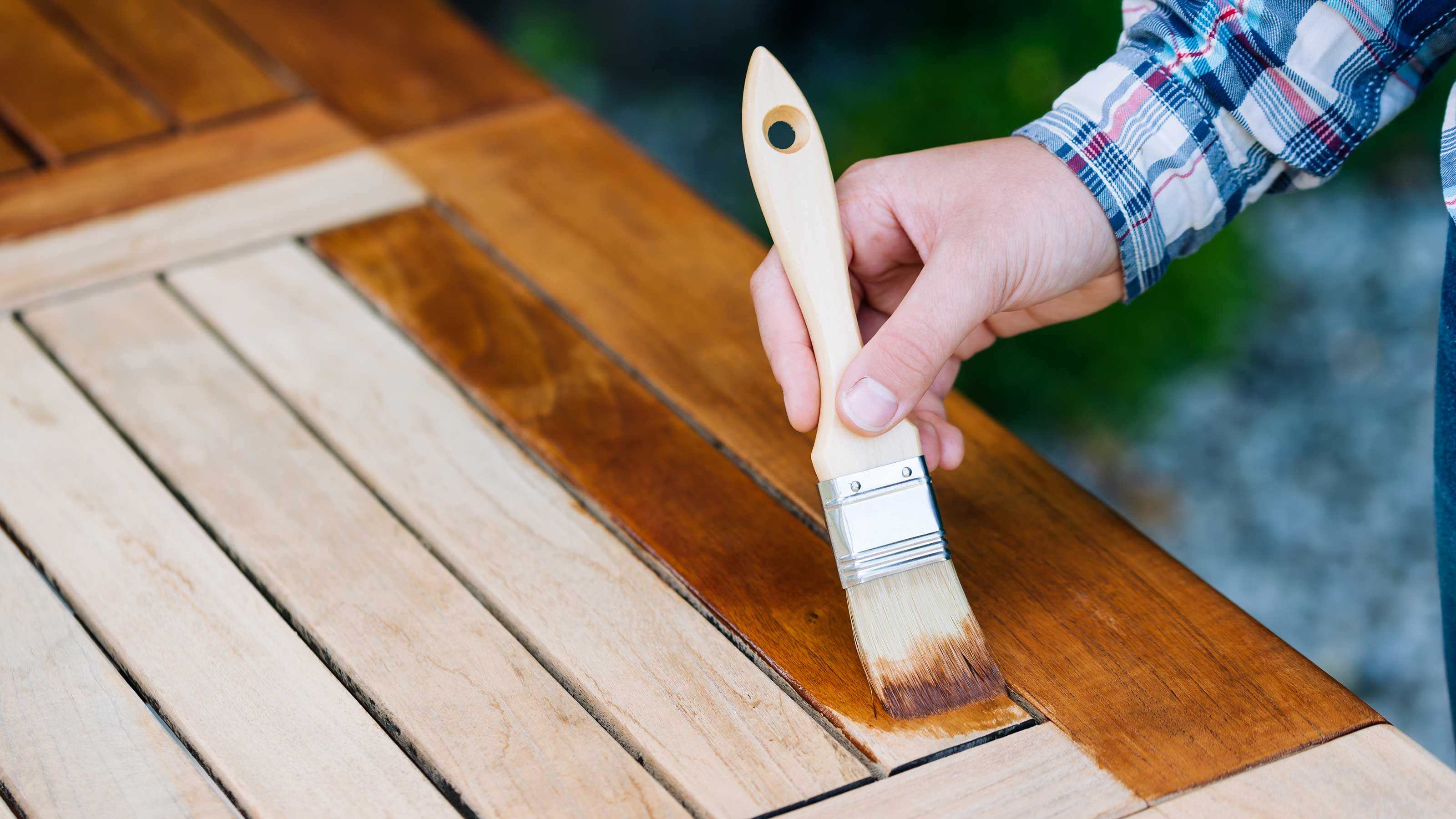
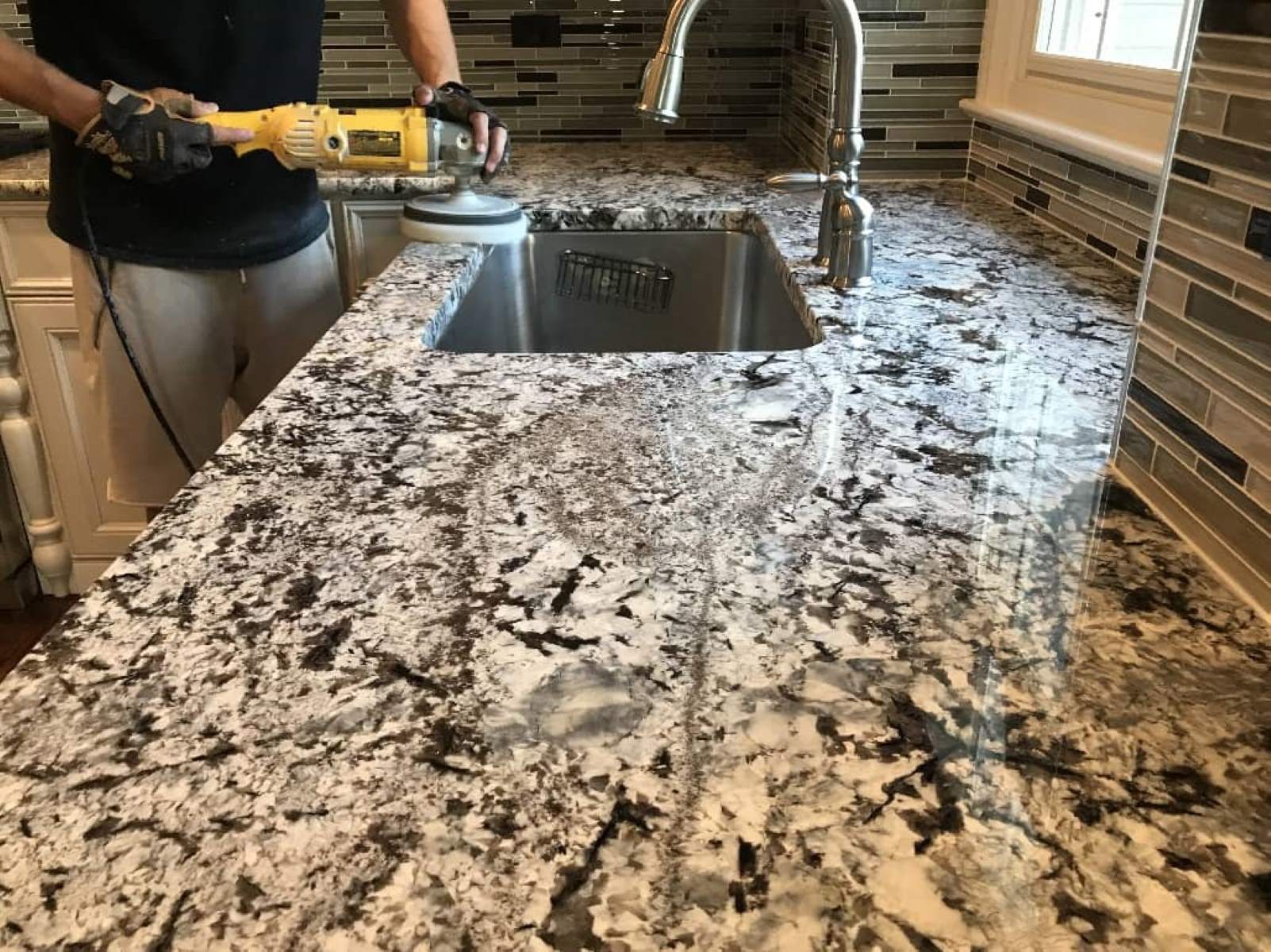
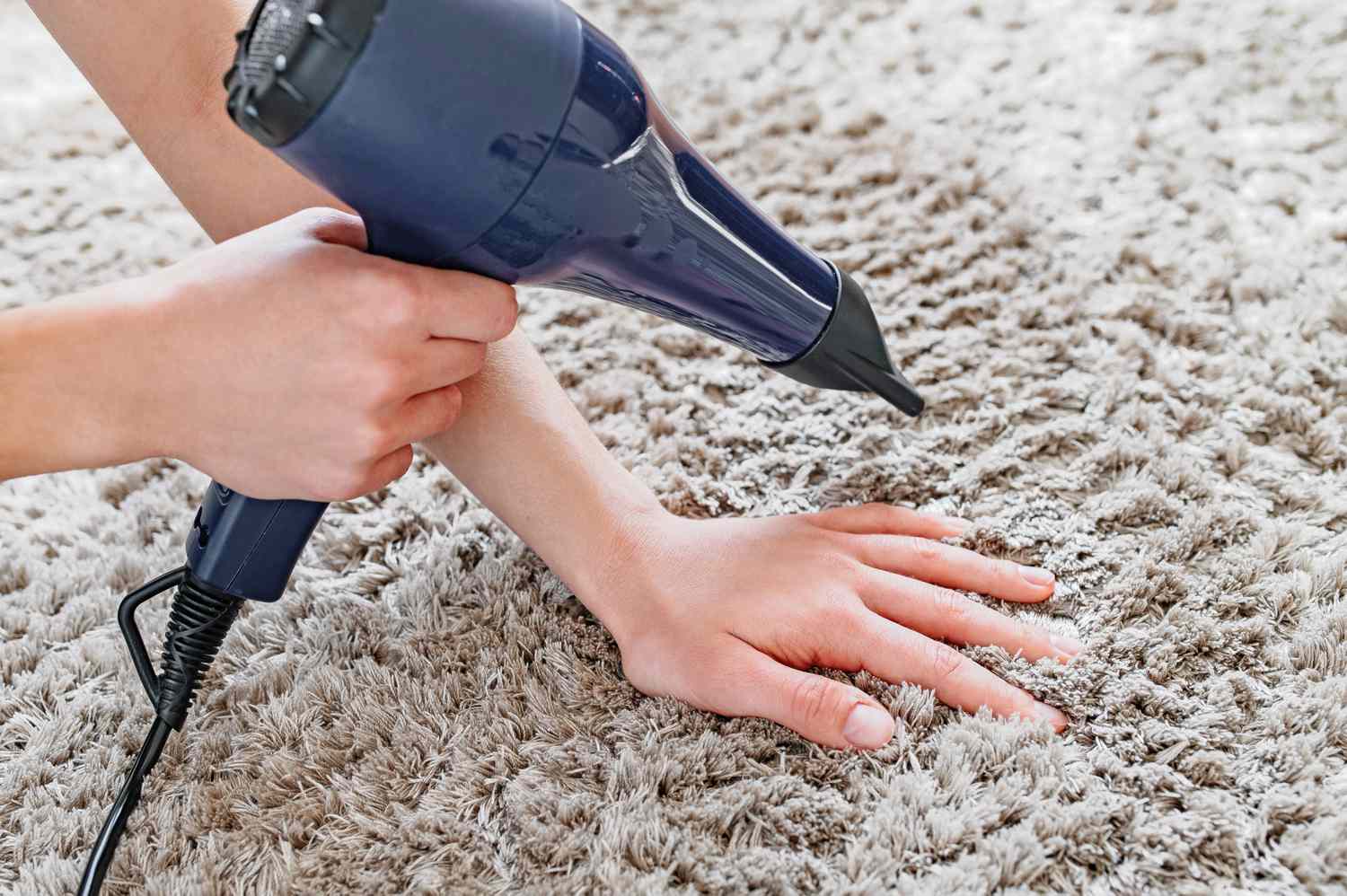
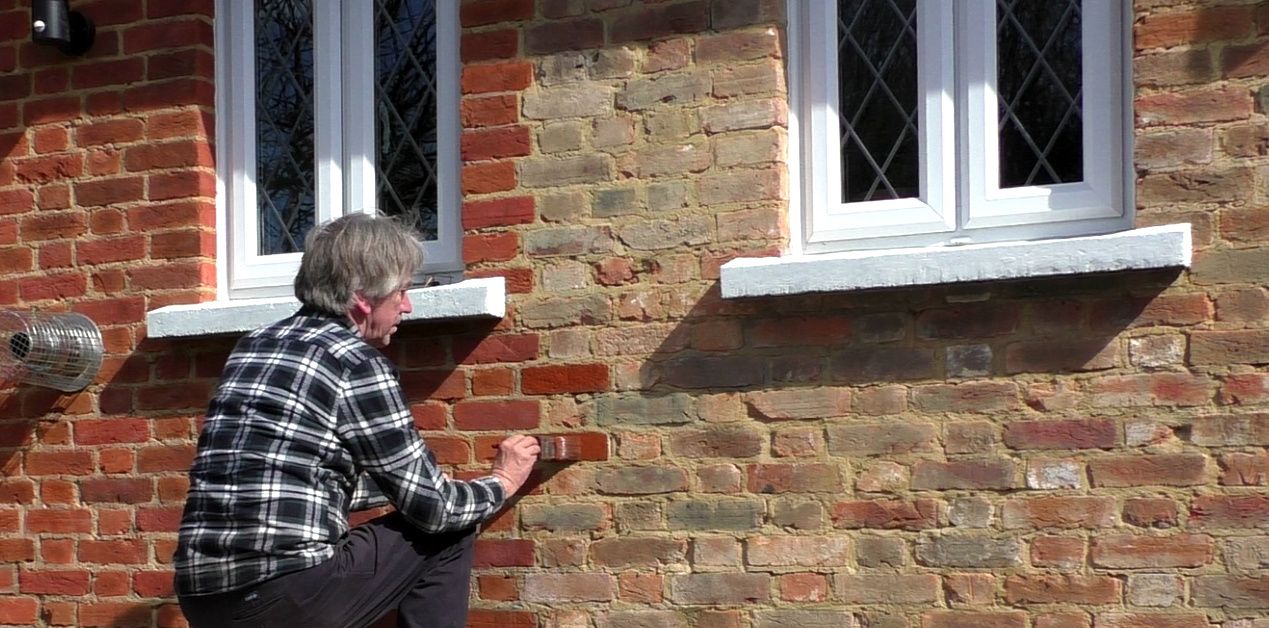
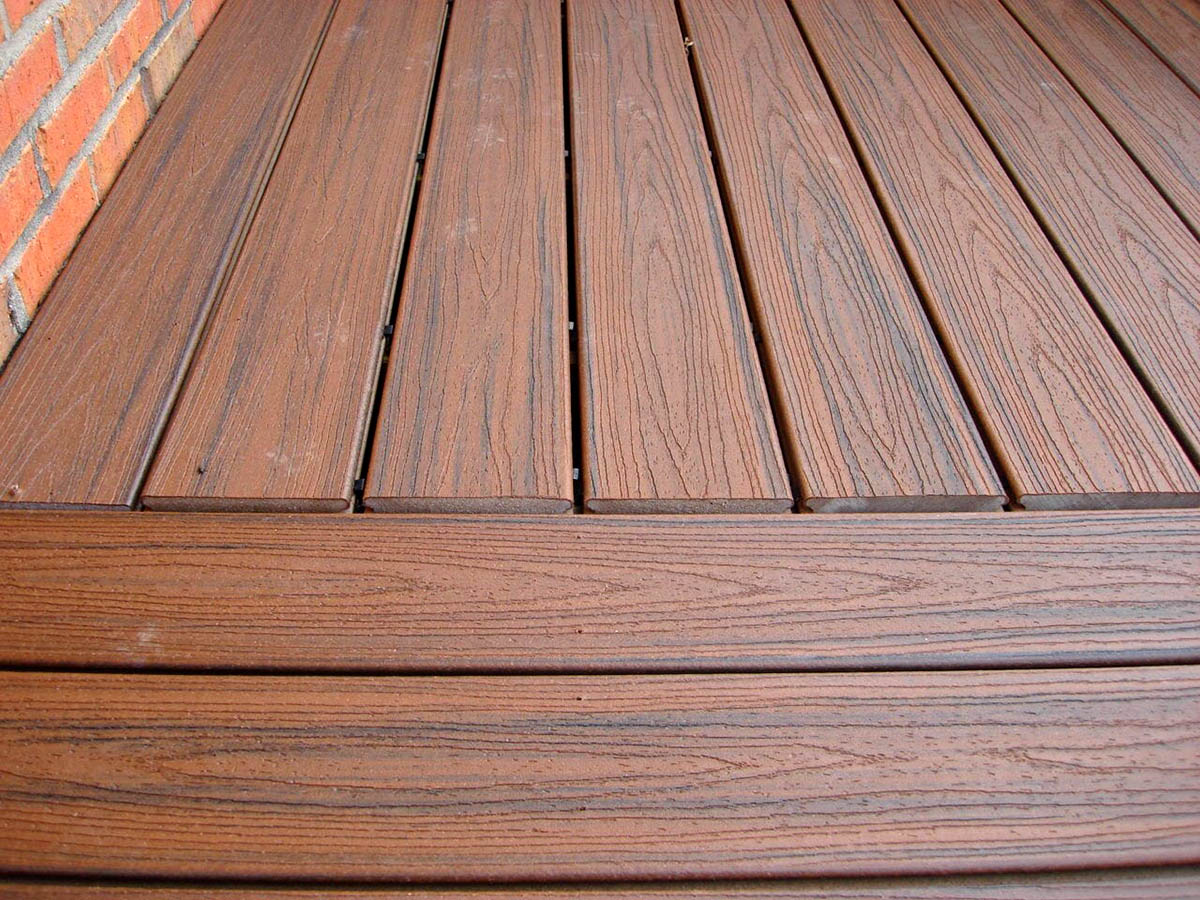
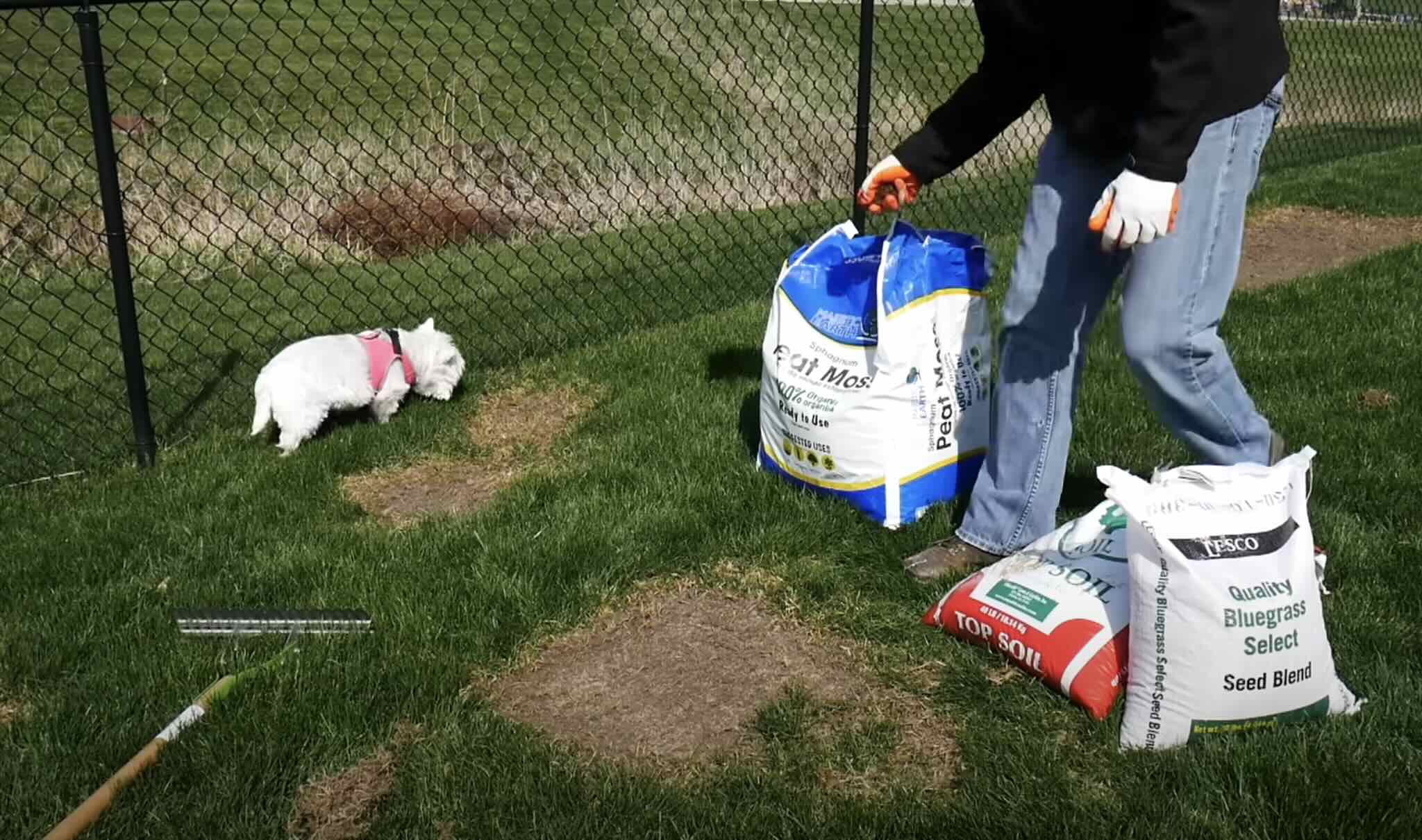
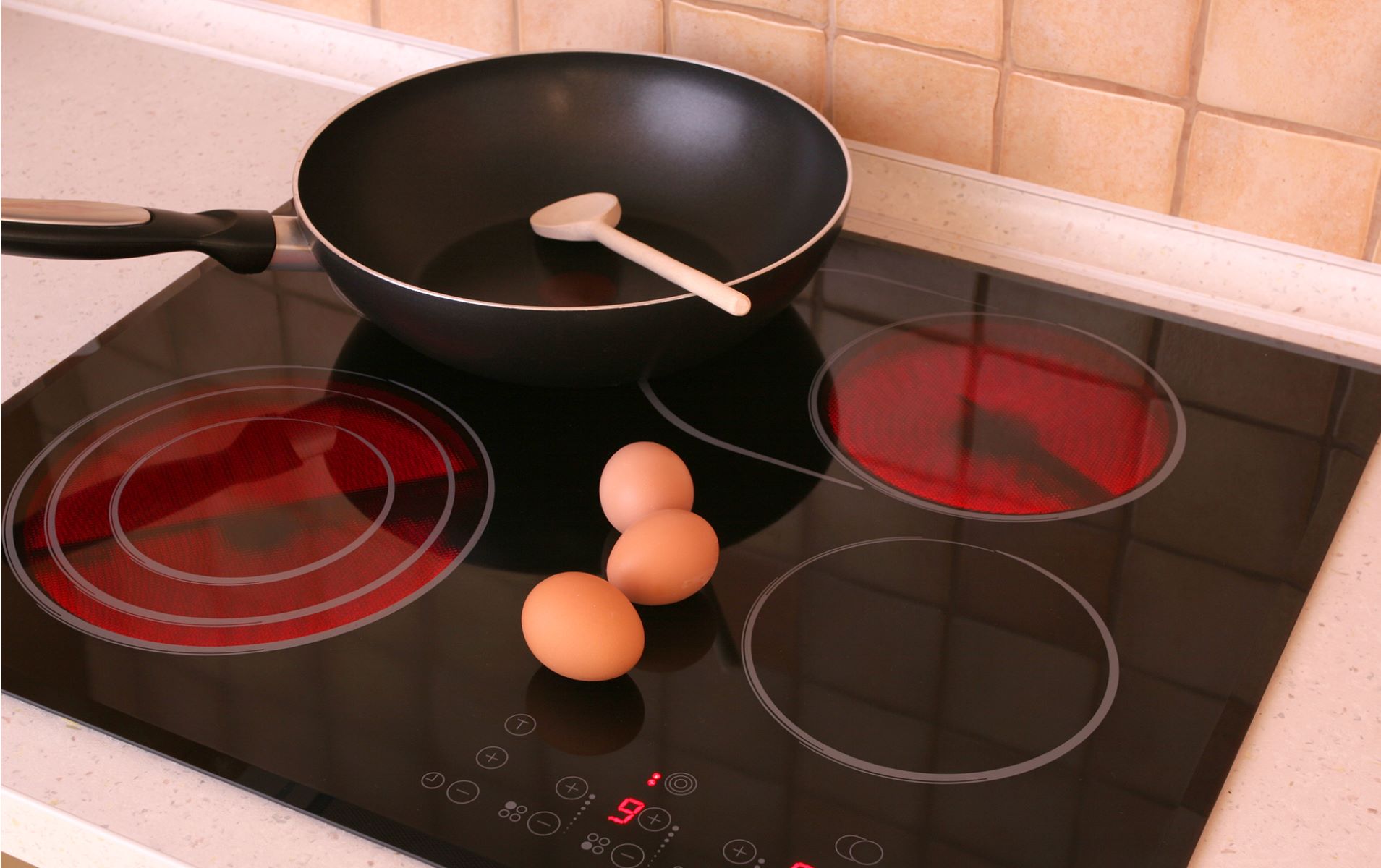
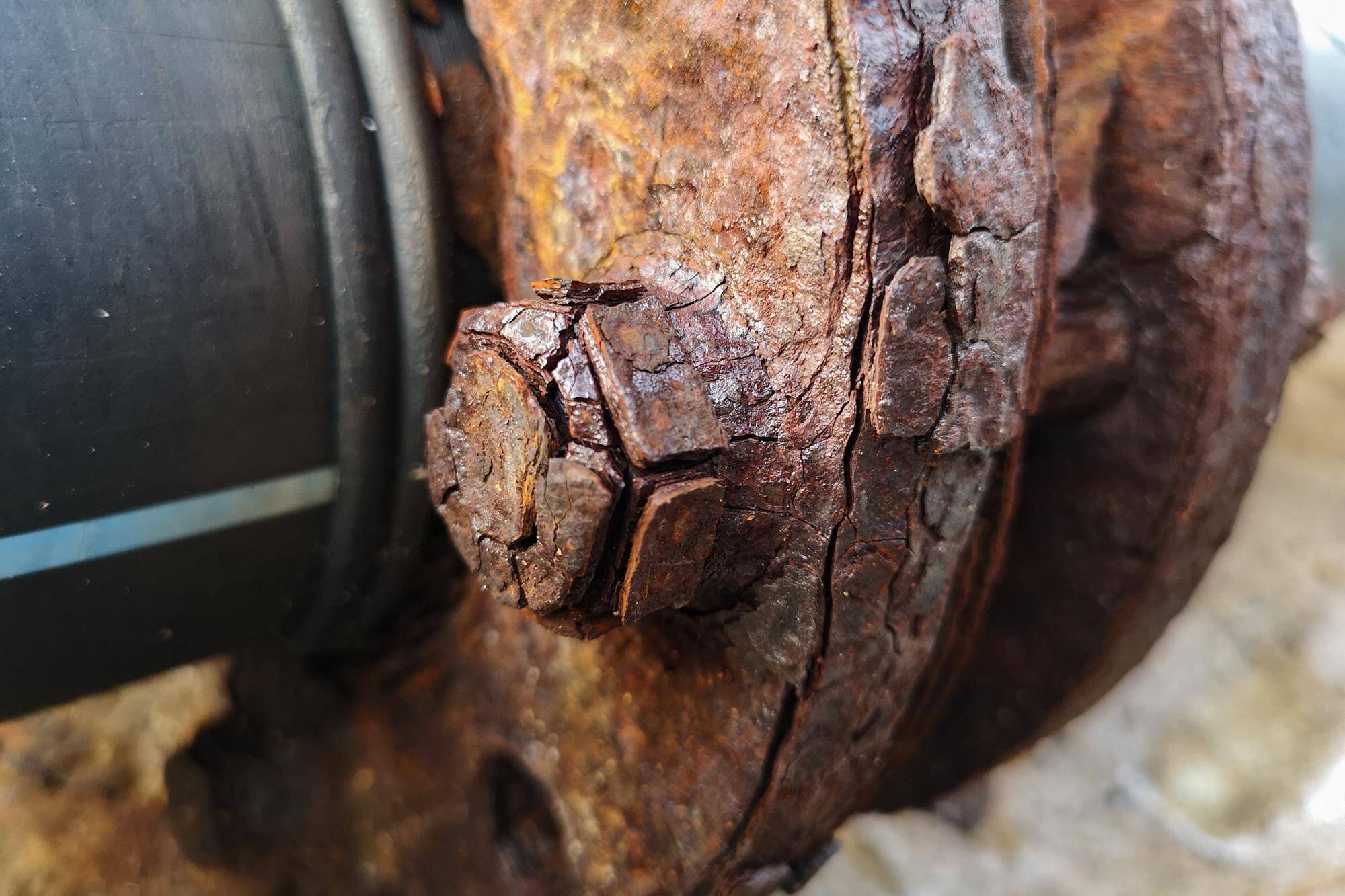
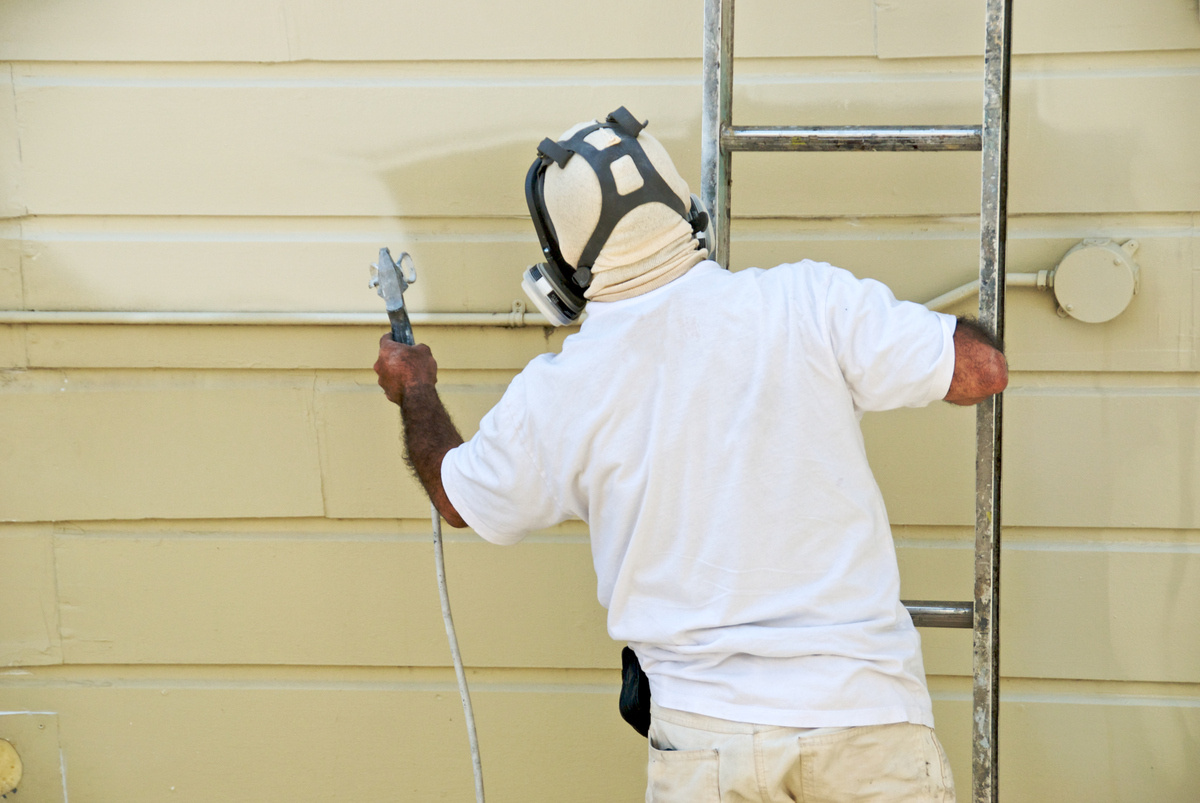
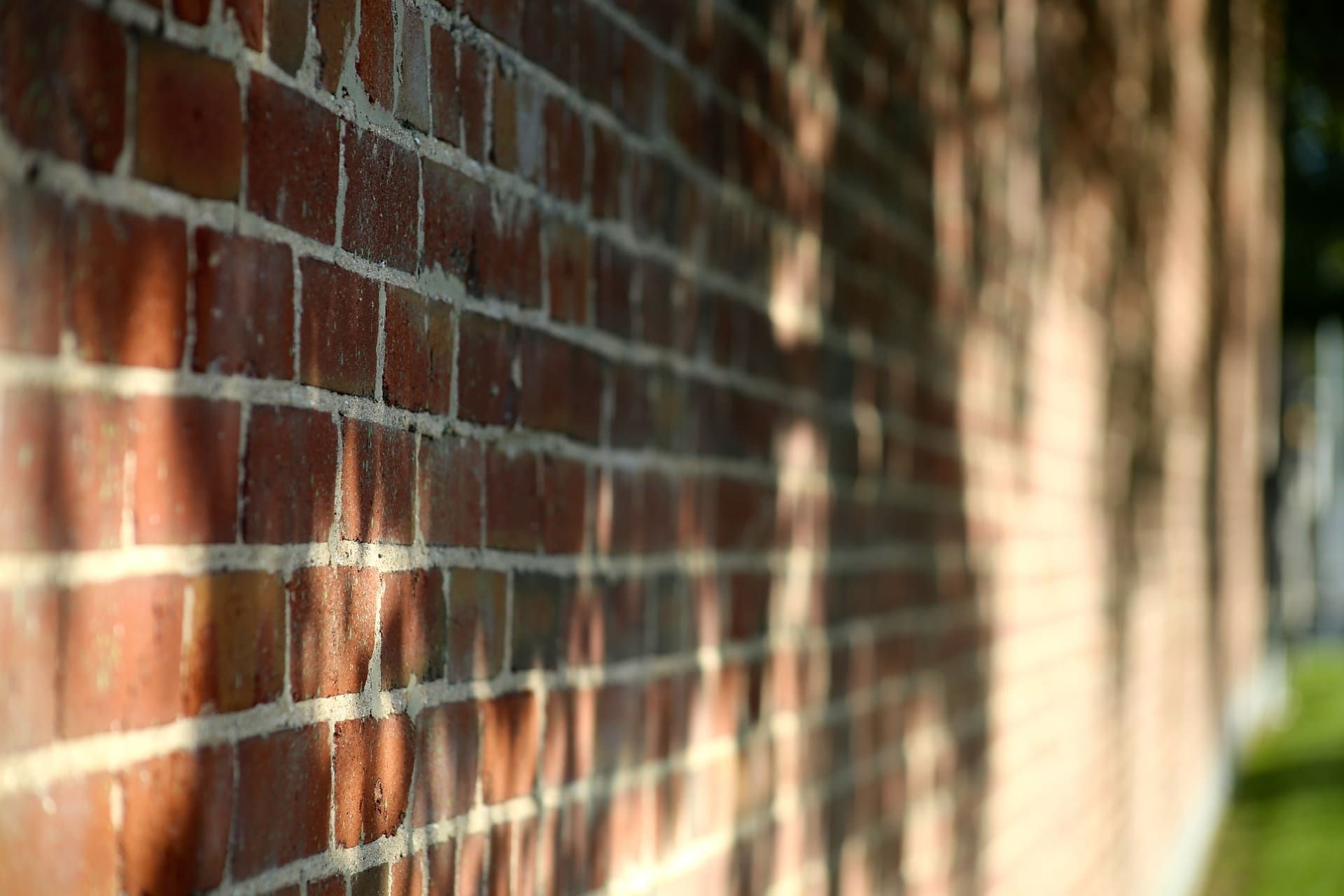
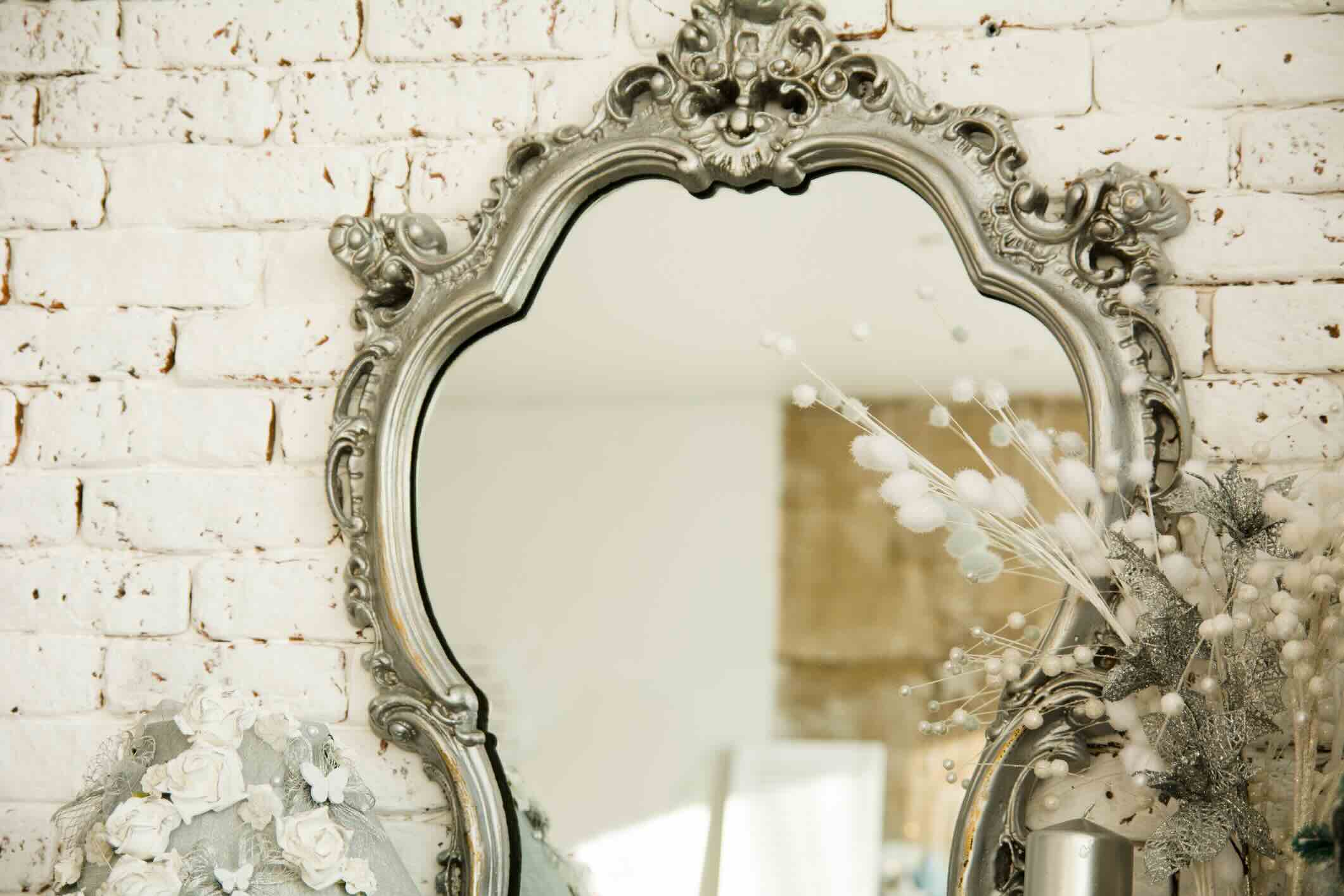
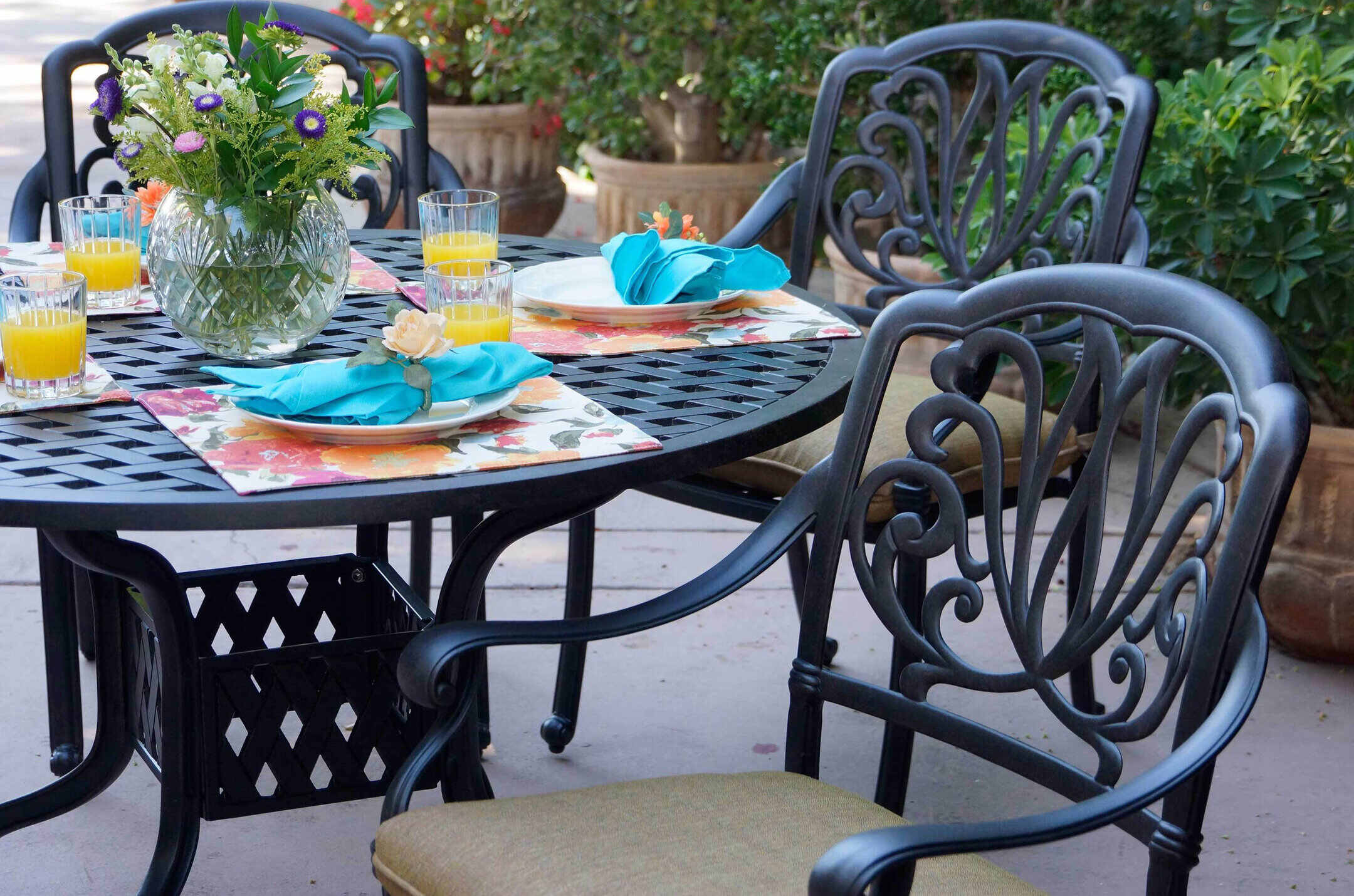

0 thoughts on “A Georgian Restoration With A Difference”